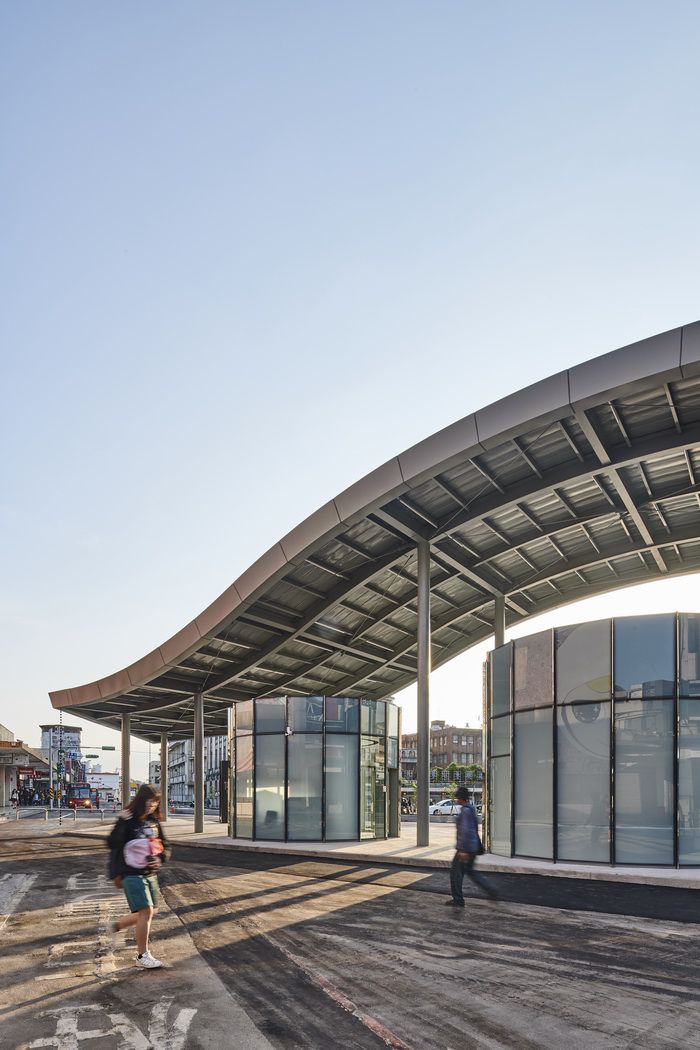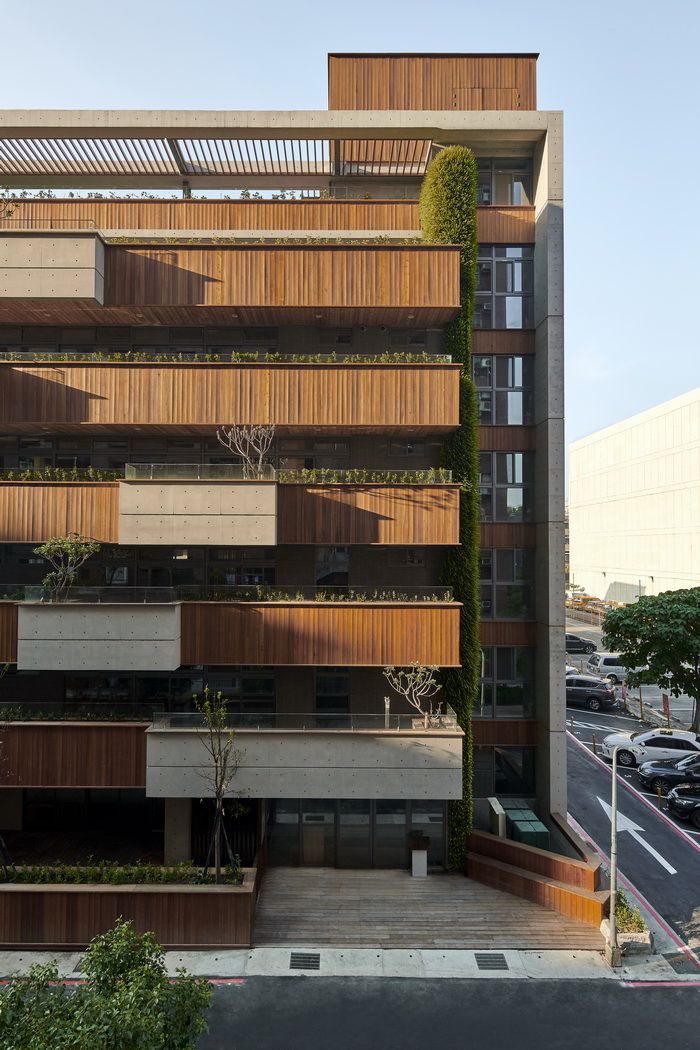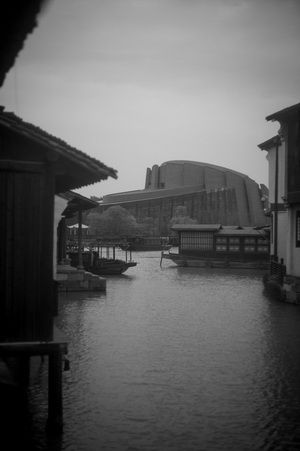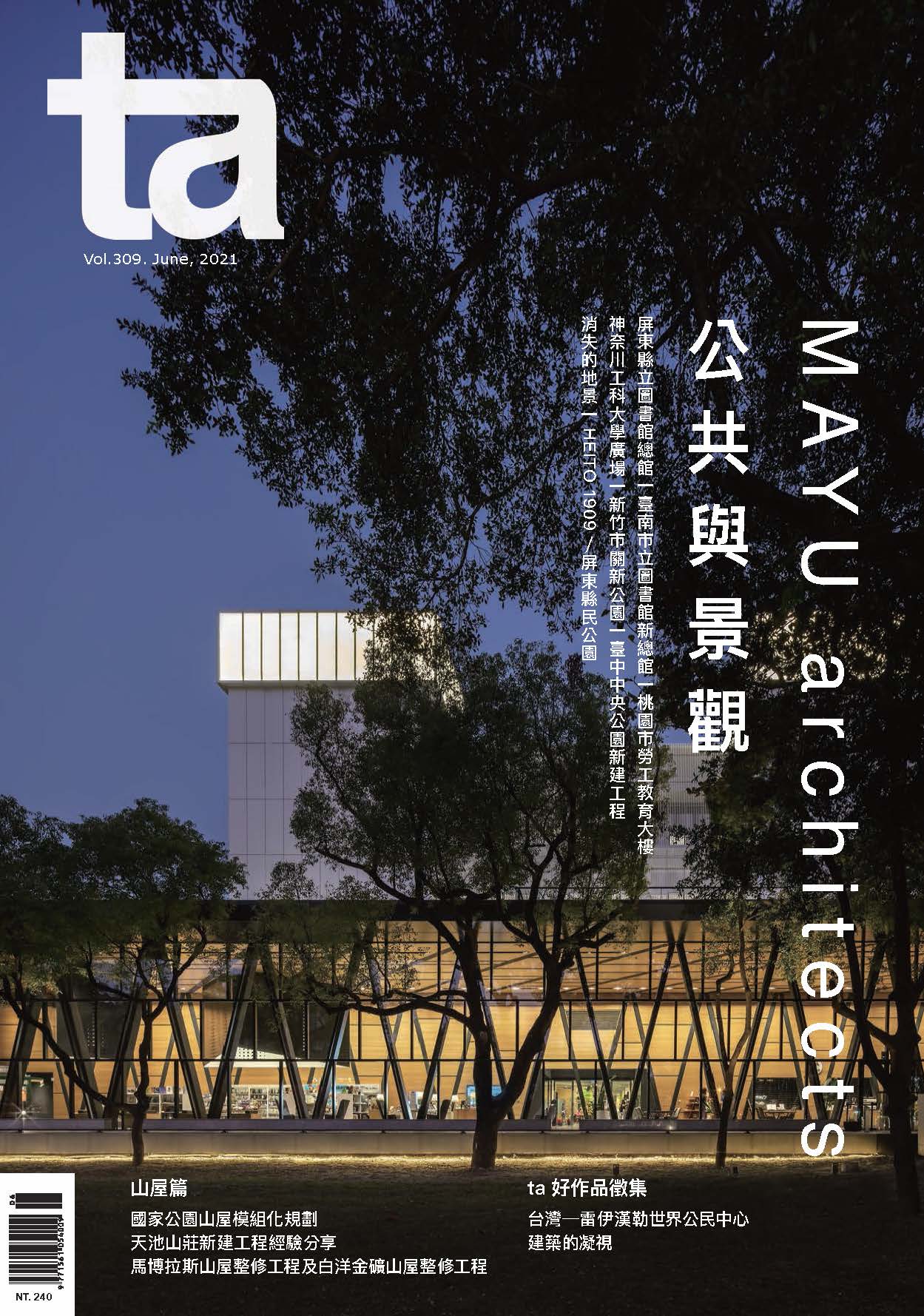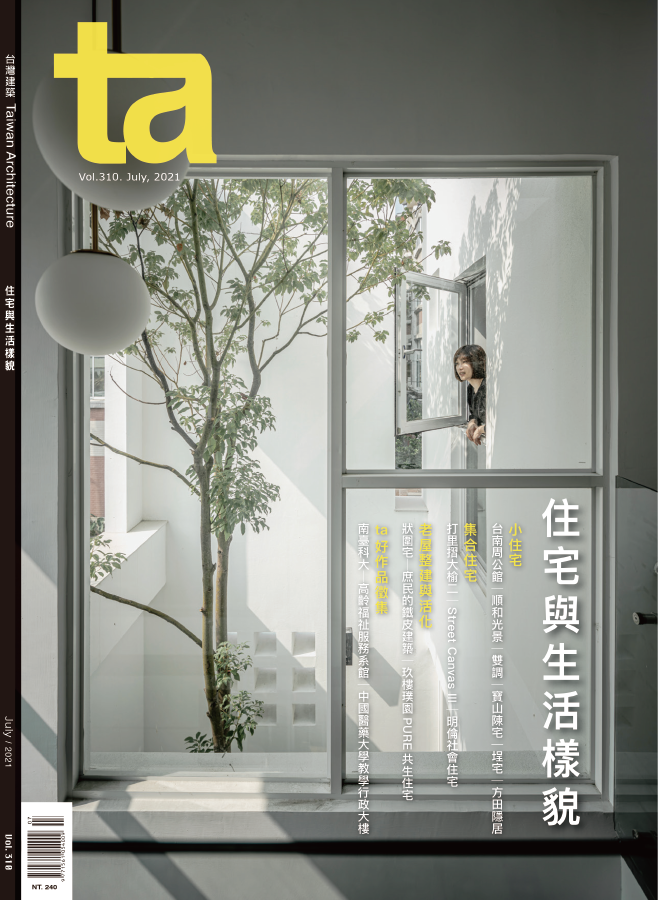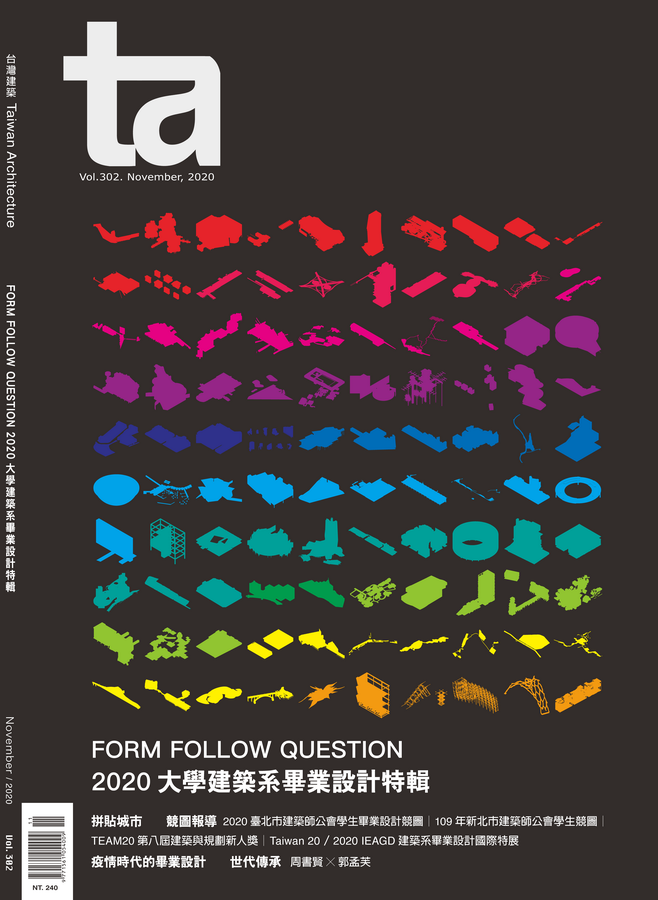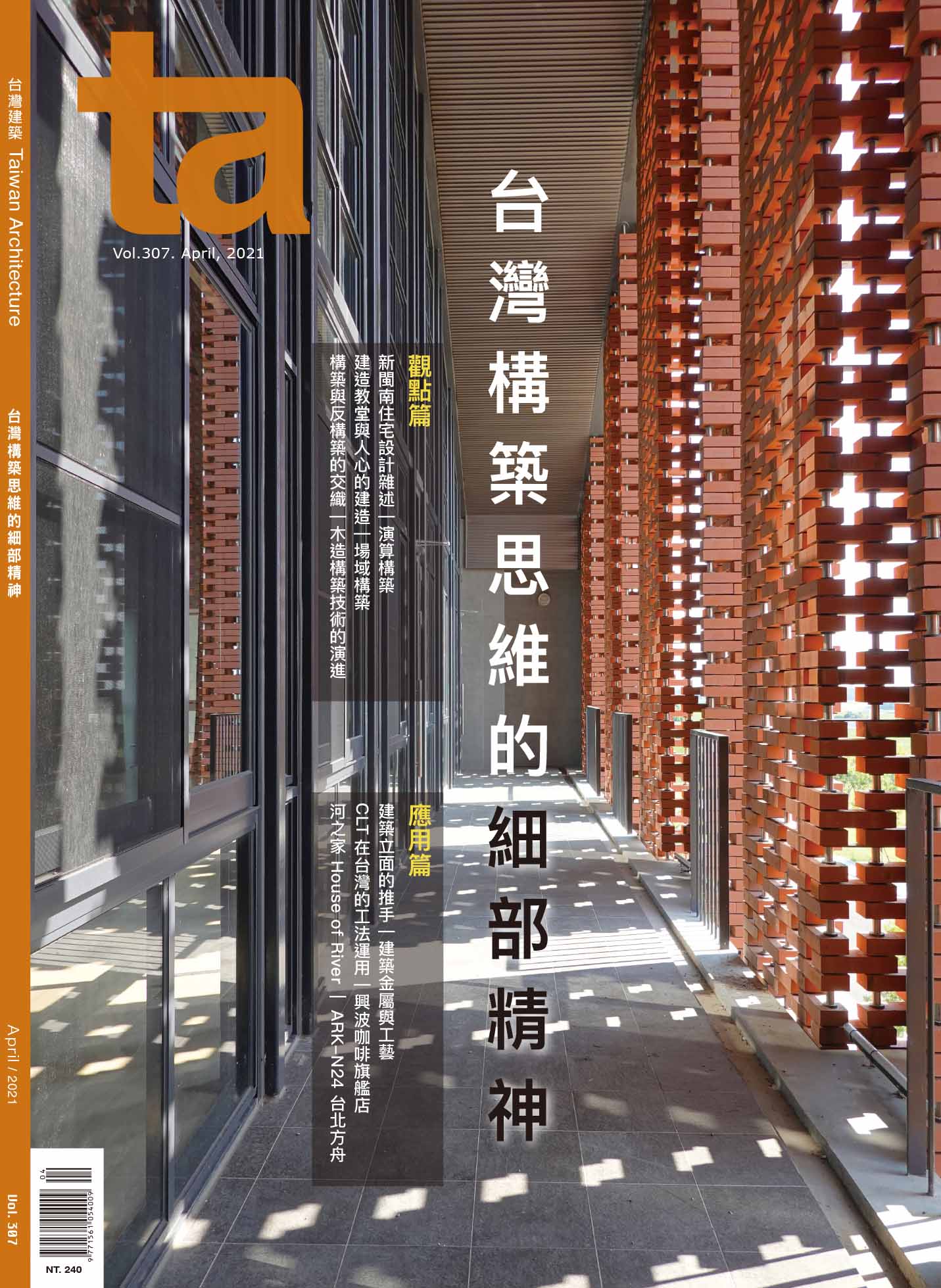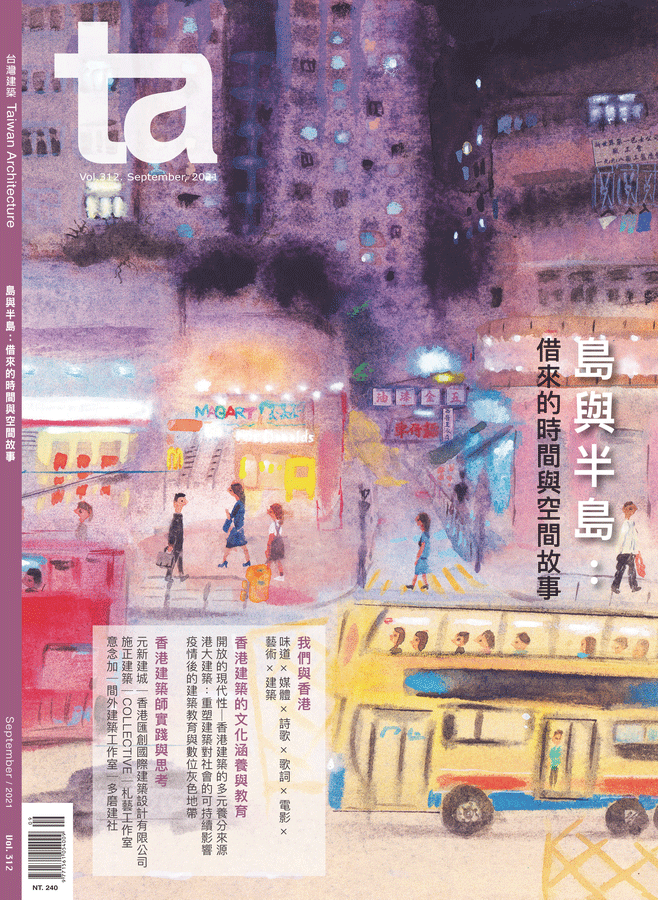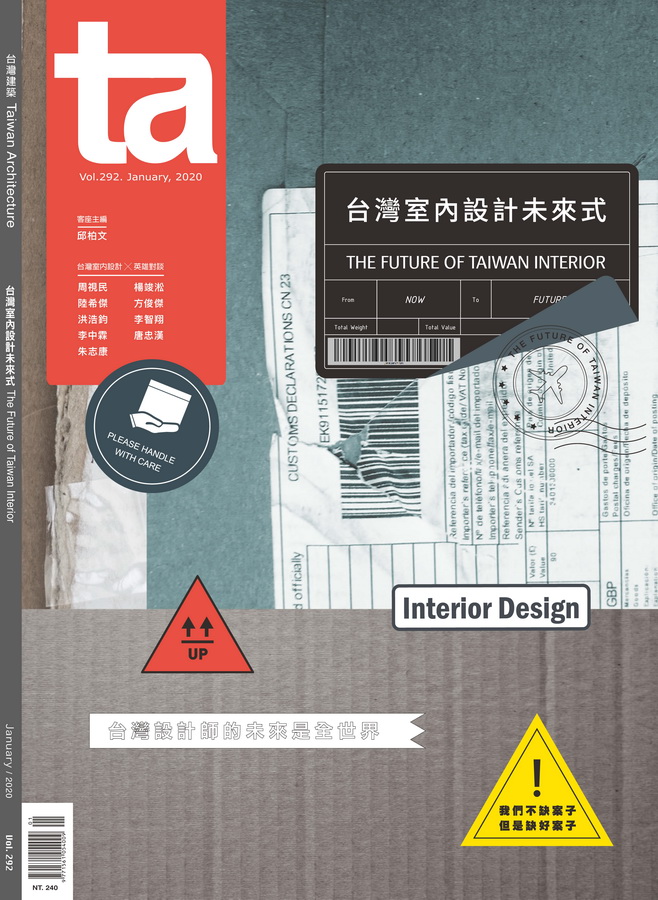阿嬤飲水攤Ah Ma Drink Stall
共好×設計 Design for the Common Good 台灣建築雜誌2022年6月 Vol.321
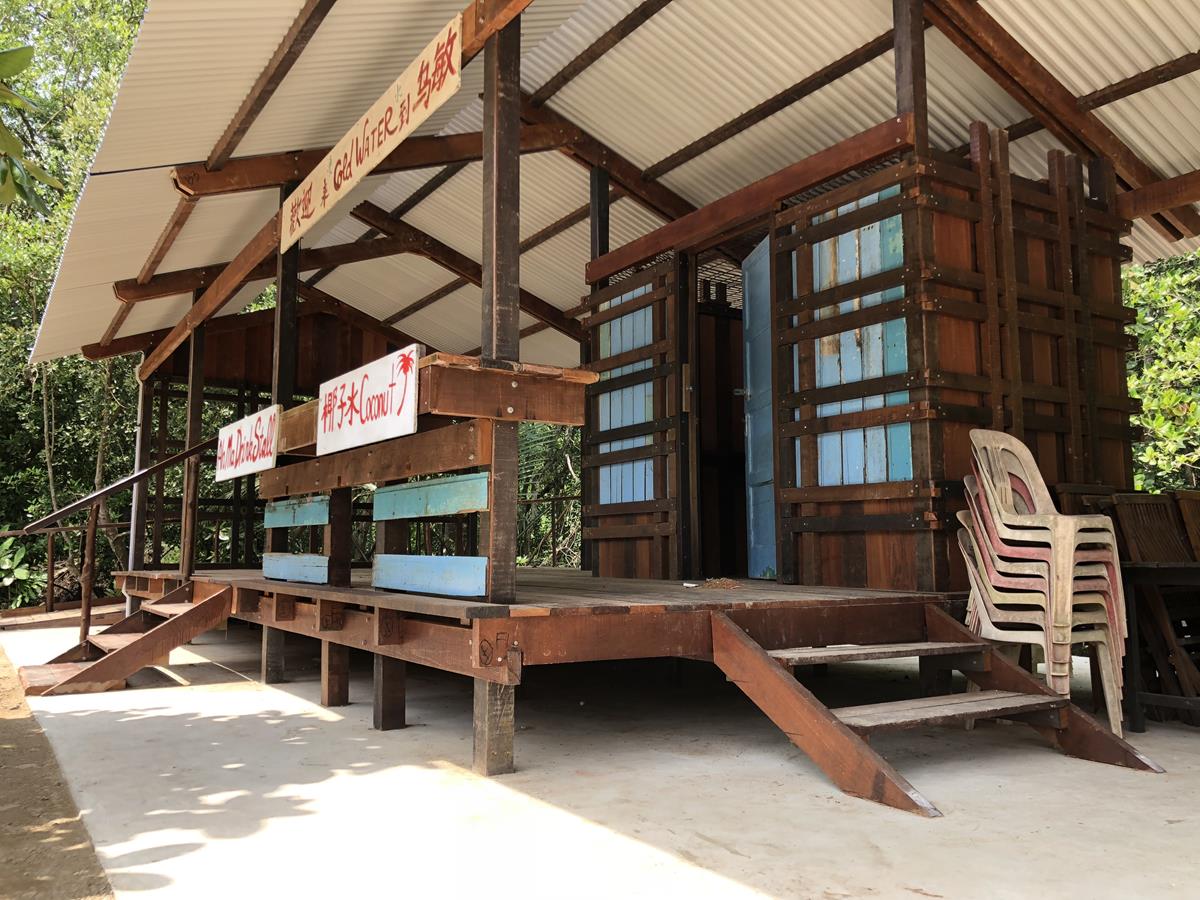
作品檔案2092
阿嬤飲水攤Ah Ma Drink Stall
團隊/Team:陳鳴鵑、張爾培、林靖欣與新加坡國立大學建築設計系/ TAN Beng Kiang, CHUNG Er Pei Ethan, LAM Ching Yan, Department of Architecture, National University of Singapore
網絡/環太平洋社區設計網絡/ Pacific Rim Community Design Network;
議題 Issue:文化資產/Cultural Heritage
編輯/Editing:Shannon Turlington;翻譯/Translation:陳盈棻/Ying-Fen Chen
位在新加坡外海上的烏敏島,「阿嬤飲水攤」是一個利用原有建築進行改建的設計/實構(design/build)計畫。烏敏島是新加坡僅存保有「村莊」(馬來語中稱作kampong)住宅與生活型態的少數地方之一。現年82歲的王女士(暱稱「阿嬤」)25年來在此販售椰子水,這棟建物多年來已成為烏敏島的地標,記載著觀光客對於阿嬤的情感與記憶。新加坡國立大學建築設計系學生,把這個計畫做為未來島上村屋修復的實驗,這也是新加坡第一個透過志工與當地居民合作建造的公共建築,為後續島上木造建物的修復開啟先例。
The Ah Ma Drink Stall Project is a design/build reconstruction project on Pulau Ubin, an island off mainland Singapore that is one of the last places in urbanized Singapore with kampong (a Malay word meaning “village”) houses and lifestyle. There, 82-year-old Madam Ong (nicknamed Ah Ma, meaning “Grandma”) sells coconuts at her 25-year-old makeshift drink stall. The stall is a familiar landmark on the island and of sentimental value to Ah Ma and visitors to Pulau Ubin. This project by architecture students from the National University of Singapore is a pilot to revitalize kampong life and a testbed for future restoration of kampong houses. It is significant as the first groundup public structure in Singapore designed and built by volunteers in collaboration with multiple stakeholders. It also paved the way for the subsequent restoration of timber houses on the island.
理念
阿嬤飲水攤原本只是個臨時搭造的結構,受地層下陷與偶爾河患的影響,結構安全逐漸惡化。因此,改建工程以提高地基、加設平台的方式來處理河患問題,同時回收原有的木材進行再利用,並修復舊有的商店招牌,妥善保存歷史的痕跡與舊日飲水攤樸實的質感。結構上,以預製的構件減少現地施工時間,因應基地缺乏電力與水的作業限制。竣工後,顧客的座位區域比過去更明亮寬敞,也有更舒適的遮蔭。
The drink stall was a makeshift construction that deteriorated into a structurally unsafe structure due to ground settlement as well as occasional river flooding. The reconstructed stall addresses the flood with a raised deck. It invokes the rustic quality of the old stall and keeps traces of the past by recycling original timber planks and restoring signboards. The structure was designed with prefabricated parts to reduce construction time on site as there is no electricity or water supply. The customer-seating area is larger, airier, more sheltered, and more comfortable.
方法
在參與式設計的過程中,實體模型扮演了一個重要的工具,幫助團隊和居民與官員進行討論,針對設計細部做反覆的修改。對於當地風土建築十分熟稔的居民,則教導學生們如何製作木構造接點的卡榫。阿嬤的家人們、在地居民、學生和志願者都參與了施工過程,過程加深了大家對飲水攤的歸屬感,也得到更佳的設計成果。藉由在地營造,不同的權利關係人也合力製作出一面襲產展示牆,上面有飲水攤的歷史以及周圍區域的相關資訊。
Method
In a participatory design process, models were used to discuss the different design iterations with Ah Ma, her daughter, and the authorities. A villager experienced in vernacular construction taught students how to construct vernacular interlocking timber joints. Ah Ma’s family, local residents, students, and volunteers participated in the construction. This resulted in a greater sense of ownership of the drink stall and a better design. A placemaking approach was used to get stakeholders to collaborate on creating displays for a heritage wall, which showcase the history of the stall and the nature of the surrounding area.
影響
阿嬤飲水攤在完工之後,成為在地居民的重要社交場所,也是觀光客可以了解地方歷史與非物質文化的休息站。有了更多顧客的消費,也讓阿嬤可以持續在烏敏島上獨立生活。某位新加坡部長在參訪飲水攤後掛保證,說政府不會將這個位於國有地上的空間拆除,基於阿嬤飲水攤的工程成果,相關政府官員也對此類社區參與計畫的持續,開始有了信心。
Impact
The stall has become a social meeting place, a pit stop where visitors can learn about the heritage of the area and intangible cultural practices. It has brought more customers and allowed Ah Ma to continue living independently on the island. A minister has visited the site and given assurance that the stall will stay even though it is on state land. The successful outcome gave government agencies the confidence to do future communityengagement projects.
提示
來自新加坡國立大學建築設計系的學生們,將參與這個計畫作為他們在課外的服務學習經驗,習得許多從設計到施工的技能,包含專案規劃、營造與編列預算等相關知識,以及社區參與和合作等。最重要的是,他們透過與阿嬤和其他居民的互動,學習到「同理心」。新加坡在建築安全的規定以及對志工參與營造的限制,構成這個計畫的挑戰。學生們必須先上為期兩天的施工安全訓練課程,拿到相關認證後,才能到現場施作。此外,即便是這麼小的工程,這個計畫依然花費了許多時間,完成結構安全與建築執照的申請流程。
Takeaways
Students were involved in this as a service-learning project outside their curriculum. They learned a great deal from design to construction, acquiring skills like project planning, construction and budgeting knowledge, community engagement, and collaboration. Most importantly, they learned empathy through interaction with Ah Ma and other stakeholders. This project was challenging because of safety regulations in Singapore and restrictions on volunteer participation in construction. Students had to undergo a two-day construction-safety training to obtain certification. For such a small structure, all safety and building approval processes still had to be complied with, which took longer than expected.
(完整作品內容請參考《台灣建築》2022年6月號,Vol.321)

